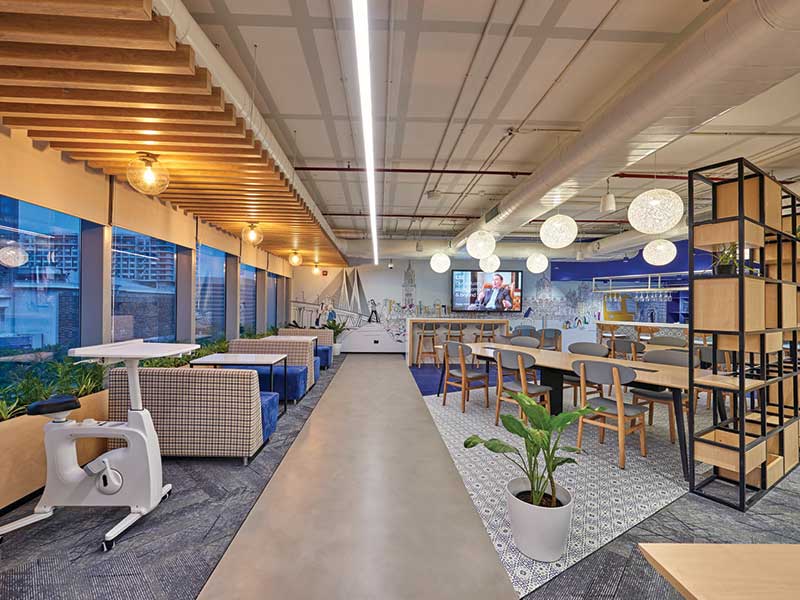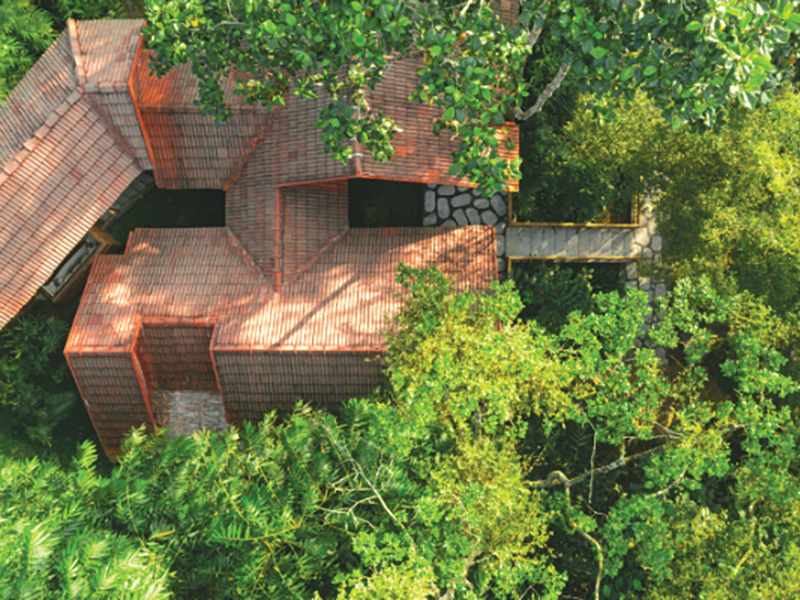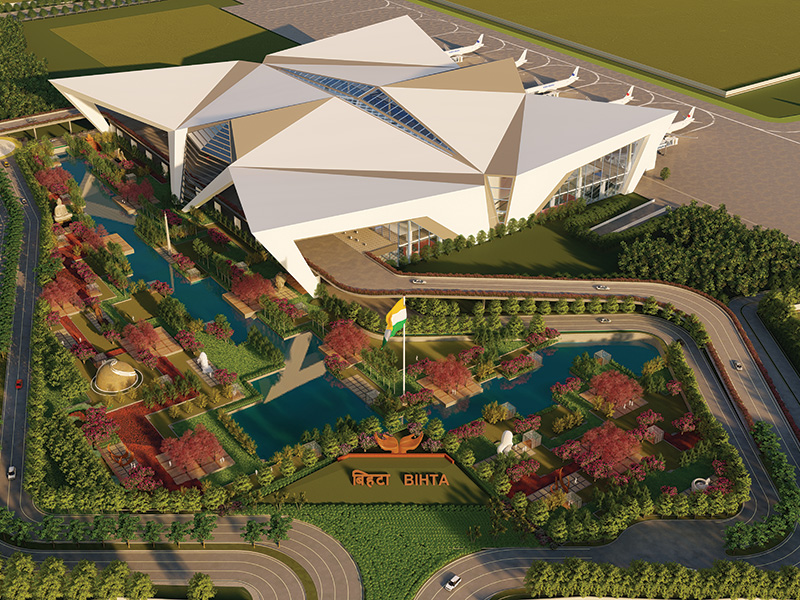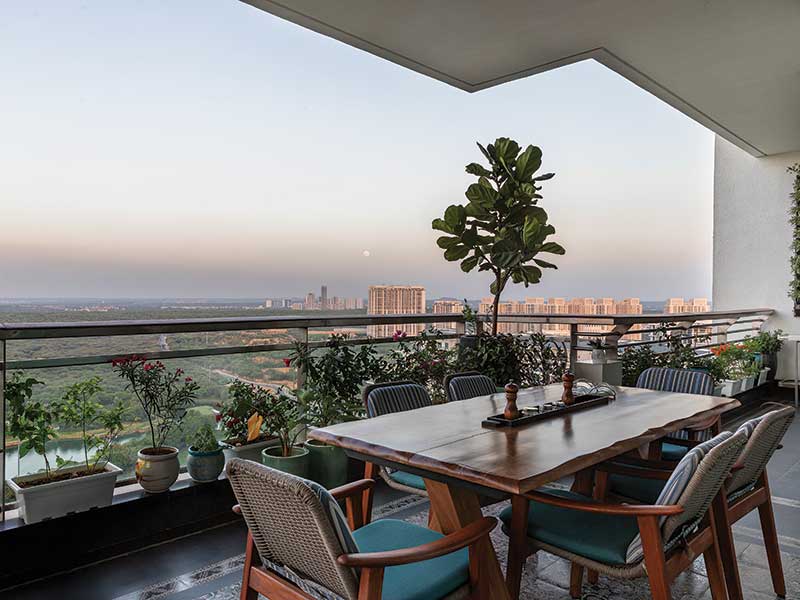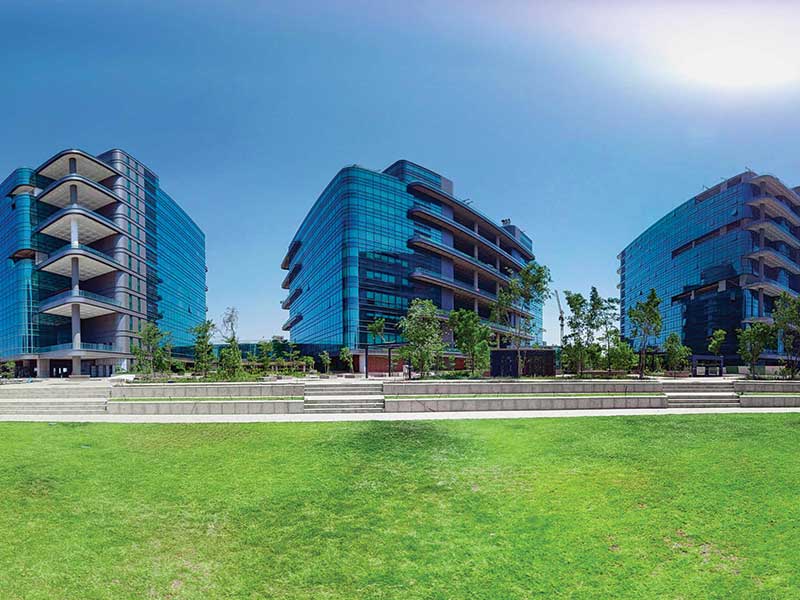Alpana Gupta, Designer, VGA Architects
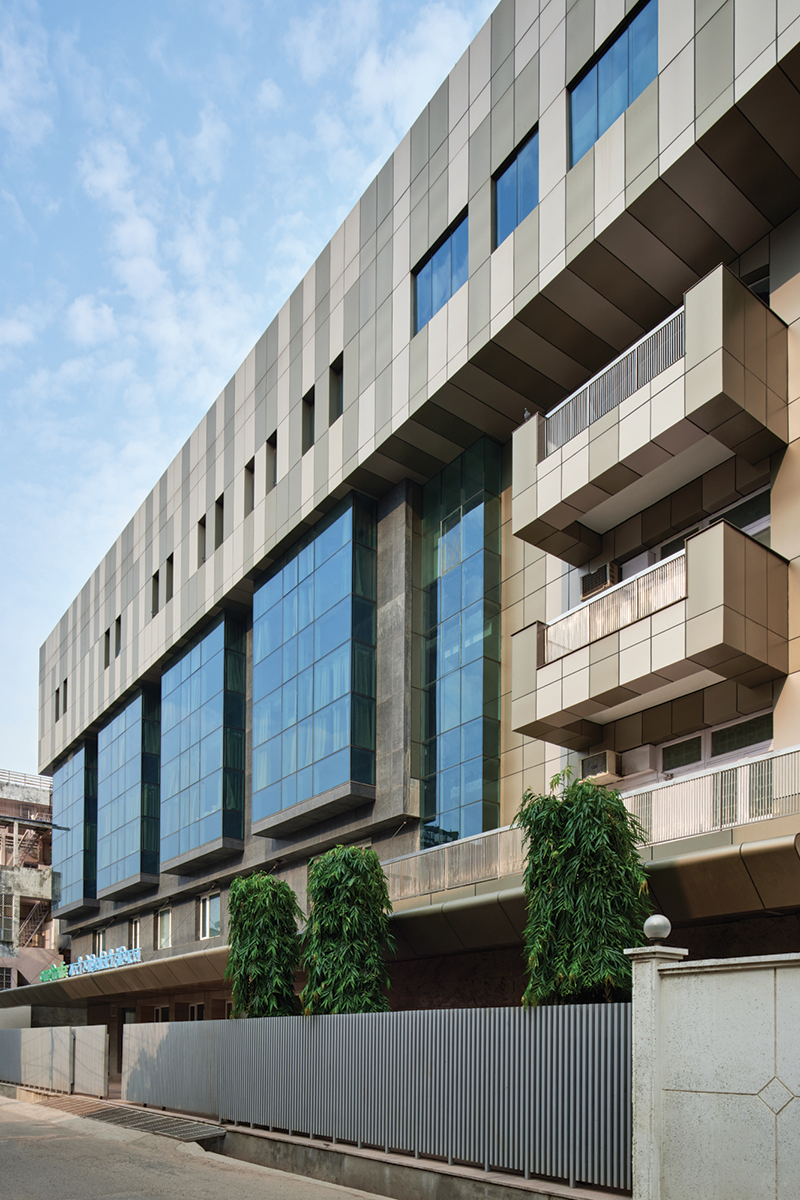
A large part of my practice has involved working with brownfield projects for residences, schools, hospitals, etc. In this article, I have shared how one can stay organized and work within set budgets for a refurbishment project.
Planning & Budgeting: The stepping-stones in your journey
Planning is the most crucial aspect of a renovation project because it can help one determine the major work to be carried out; it helps decide if work should be carried out in phases, and in setting a budget for the project. By referring to a small-scale drawing, one can keep track of available space, existing fixtures (electric/plumbing/AC points), the vaastu layout etc. This is useful for working around any constraints the structure might offer. A budget is important to determine the scale of work, and how work should be carried out.
Moreover, through efficient planning, one can consider existing furnishings and appliances, and discard anything that has served its purpose or recycle it. Refurbishments should not be complete overhaul projects; and considering what is already available helps one be cost-effective. The one thing to remember while laying out a plan is the function of a space, and the users’ comfort, apart from major structural changes.
Refurbishment of existing structures or spaces augment their economic efficiency and longevity.
Alpana Gupta
Our project for Ashirwad Hospital was set in the dense urban context of Varanasi. The challenge was to navigate spatial constraints while upgrading the facilities of the existing 50-bedded hospital to 150 beds. A new block was also added to enhance the hospital’s daily functioning. The old structure of the hospital was retained up to the third floor, with another floor being added, as per the requirements. The redesign interventions thus employed pile foundations and a lightweight steel structural system for the integrated fourth floor that would prevent damage to its surroundings.
Efficient planning helped us create a vertical zoning system for the hospital that integrated the existing and new structure, introducing greater spatial flexibility and ease of usage. The retrofitted fourth floor added modular operation theatres (OTs), pre-and post-operative care units, and intensive care units (ICUs), enabling medical staff to move patients between various stages of critical care with maximum efficiency. In this case, by working with the existing structure, we were able to bring down the project costs and reduce the carbon footprint of the project.
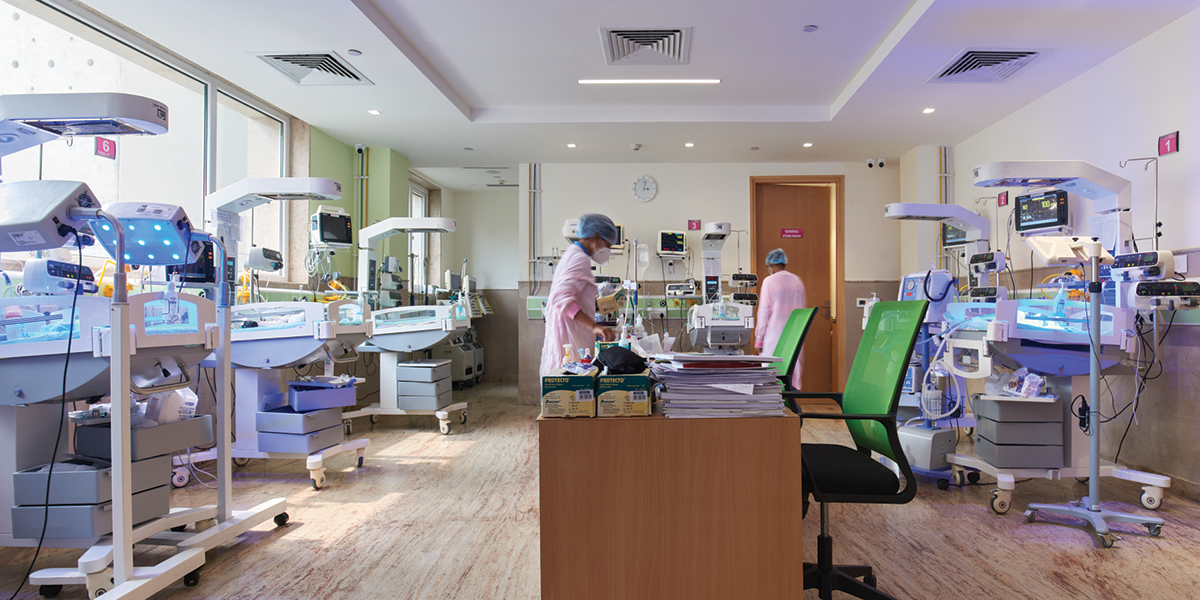
Tying everything together
An important consideration while redesigning a space should be natural light and ventilation; because it positively affects the occupants’ mood and makes any space feel lively. It further contributes to lowering energy costs. Interior design schemes do as much to uplift mood, so care should also be taken in material and palette selection to enhance the comfort of the occupants. One way to make a space feel brighter is by working in layers, with the walls, floor, heavy furniture as the base; wallpapers, light fixtures, as the second layer; and any smaller accents like lamps, cushions, paintings or other decorations as the third layer. Well-designed spaces that positively impact occupants’ well-being are particularly important for healthcare facilities because they can ensure speedy recovery of patients.
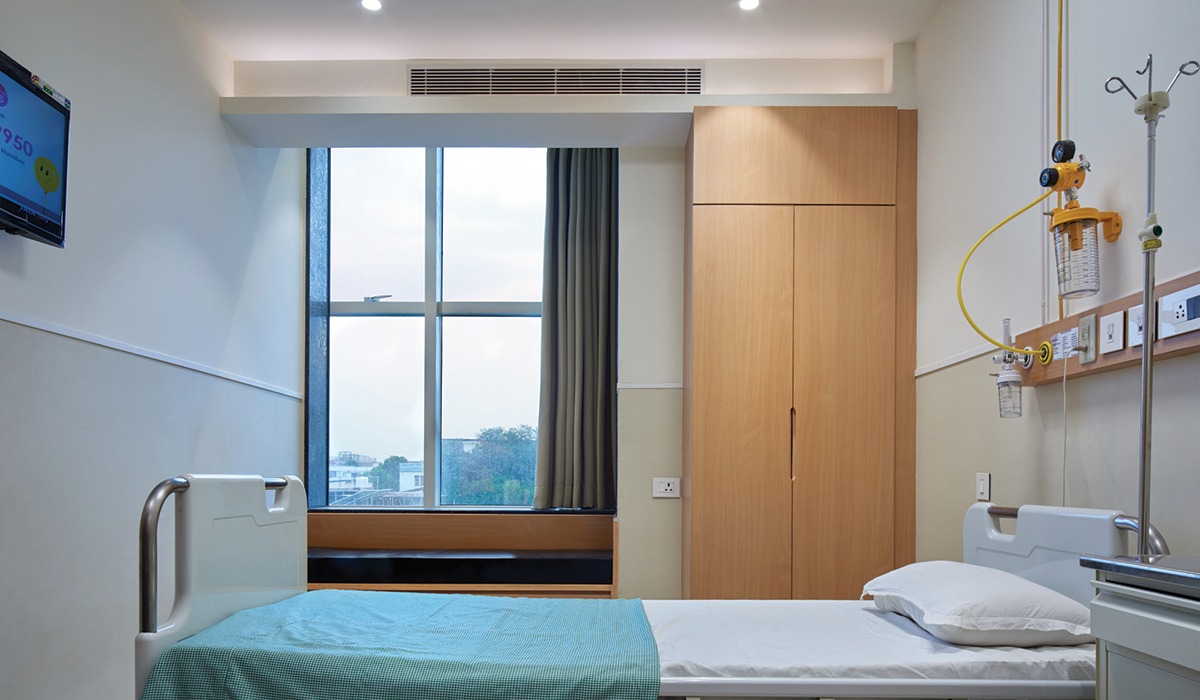
Taking this into account, the redesign of Ashirwad Hospital ensures that ample daylight and natural ventilation circulates through all the spaces. By providing windows in every room, it establishes a connection to the outdoors, to enhance patients’ mental well-being.
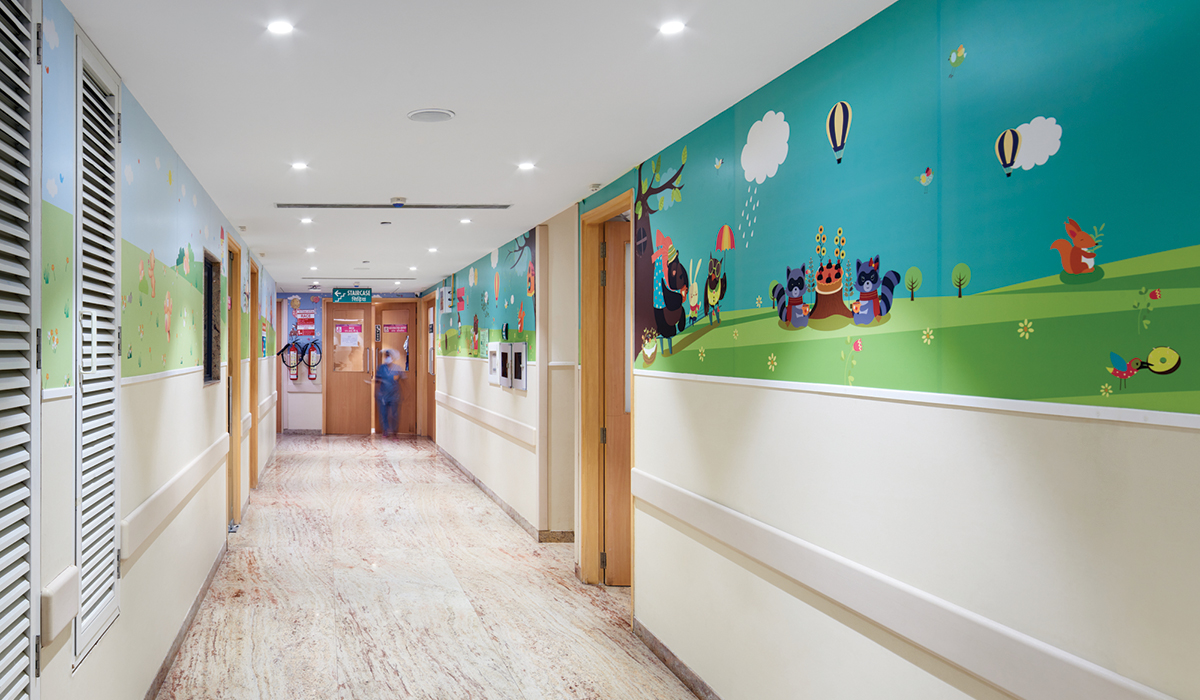
The interior material palette strategically employs muted tones – with materials such as pinewood, stone, and plaster finishes - to induce a sense of serenity among users. Punctuating this interior envelope are furnishings and signage in soothing tones of teal and green, which add a subtle pop of colour, but the distinct contrast also aids user navigation.
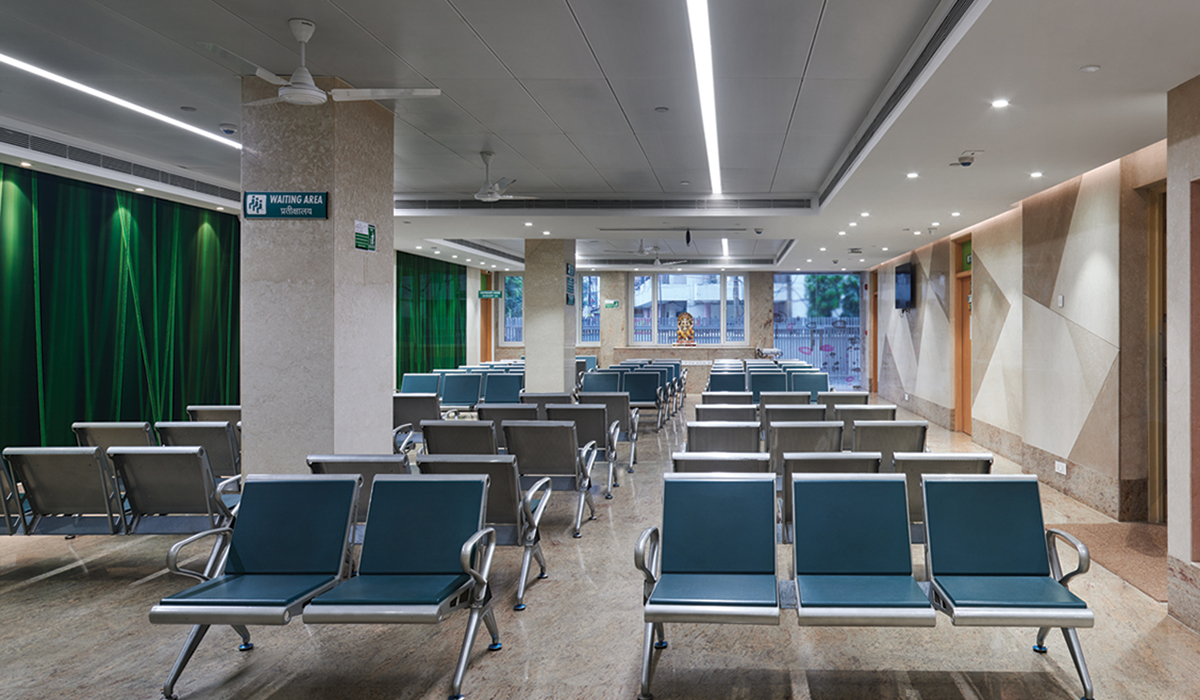
Renovation projects can prove to be opportunities to rethink the impact our living spaces have on the environment. It gives one the chance to evaluate the energy consumption of our existing spaces, and think about how best we can optimize what is available. They provide a viable alternative to building new, especially with growing land prices and scarcity of resources.
Pics: Courtesy VGA
Photo credit: Noughts & Crosses





